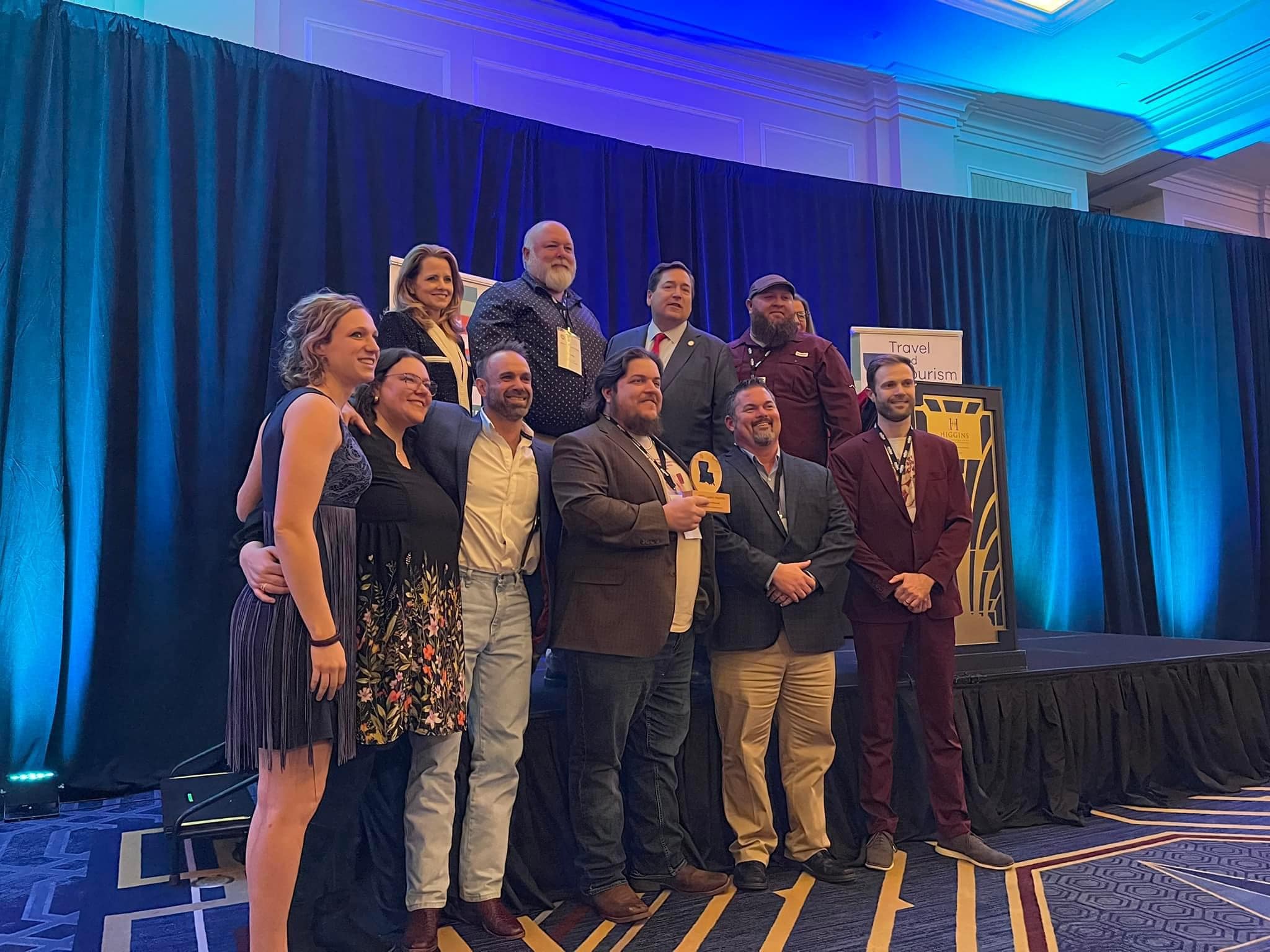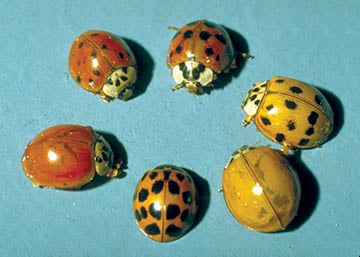
Hache Grant Association presented with 2022 Louey Community Partnership Award
January 20, 2023
Cinclare announces new Executive Chef
January 21, 2023Christopher Carlton, Huval, Forest, Reagan, Thomas E.
Description
The adults of this species are circular or slightly oblong lady beetles and are 0.19 to 0.3 inches (5 to 8 mm) in length. They are extremely variable in overall color, from nearly black to light tan, and also in the number and arrangement of spots on the elytra (wing covers), from one pair to nine pairs. Spots may even be completely absent. One fairly consistent characteristic is the presence of a dark “W” (or “M”) on the pronotum (top of thorax) formed by a series of dark spots on a pale background. However, even this may be obscured on dark specimens. The variable coloration of adults and wide distribution has led to a great many common names, including the variegated Asian lady beetle, multicolored Asian lady beetle, harlequin beetle, pumpkin ladybird and many more.

Larvae have been described as “alligator-shaped” and may reach 0.39 inches (10 mm) in length. They bear a distinct array of spines along the sides of the body. They are typically dark brown to black with a yellowish-orange to pinkish series of markings on either side of the midline of the abdomen. Larvae are also somewhat variable in appearance, but less so than adults.
Life Cycle
Both adults and larvae are voracious predators of aphids and are not picky about aphid prey species. Therefore, they may be found on a variety of aphid-infested plants. Adult females lay eggs near aphid prey infestations and larvae hatch within a few days and begin feeding. Larvae go through four instars (growth stages), molting between each stage. When mature, the larva attaches to any elevated surface and molts into the pupal stage, during which it transforms into an adult. Total life span varies with climate, with two generations per year in northern areas and four in southern states, including Louisiana, where adults may be present virtually year-round.
Ecological Significance and Pest Status
The Asian lady beetle was introduced intentionally from its native east Asia to the U.S. several times during the 20th century as a biological control agent for aphids, but they apparently failed to establish persistent populations. In 1988, adults were recovered in large numbers by Vernon Brou near Abita Springs, Louisiana. The source of the introduction was unknown, and the species spread rapidly to the remainder of the U.S. and southern Canada during the following years. The species has also been introduced to Europe, South America, and other parts of the world through human activities. It is considered a major cause of the decline of many native lady beetles that compete for the same resources. Adults are nuisance pests to homeowners and businesses as a result of their tendency to aggregate in large numbers inside structures during fall and early winter as an overwintering behavior. Contamination of produce has also been reported. The species never reproduces inside structures. Social media reports that they are a threat to pets if ingested are greatly exaggerated, but they do secrete a malodorous, irritating defensive fluid when molested. Adults may occasionally bite exposed skin, as do many other species of lady beetles, but these bites are superficial and not medically significant. Another widespread misconception holds that this species is not a “true lady beetle.” It is a member of the same family (Coccinellidae) of other lady beetles, so it is a true lady beetle — albeit a less well-liked member of the family.
Control
In cases where a home or business is infested with overwintering beetles, physical removal (e.g., vacuuming) and sealing points of entry are the best options. Chemical control is almost never recommended.






